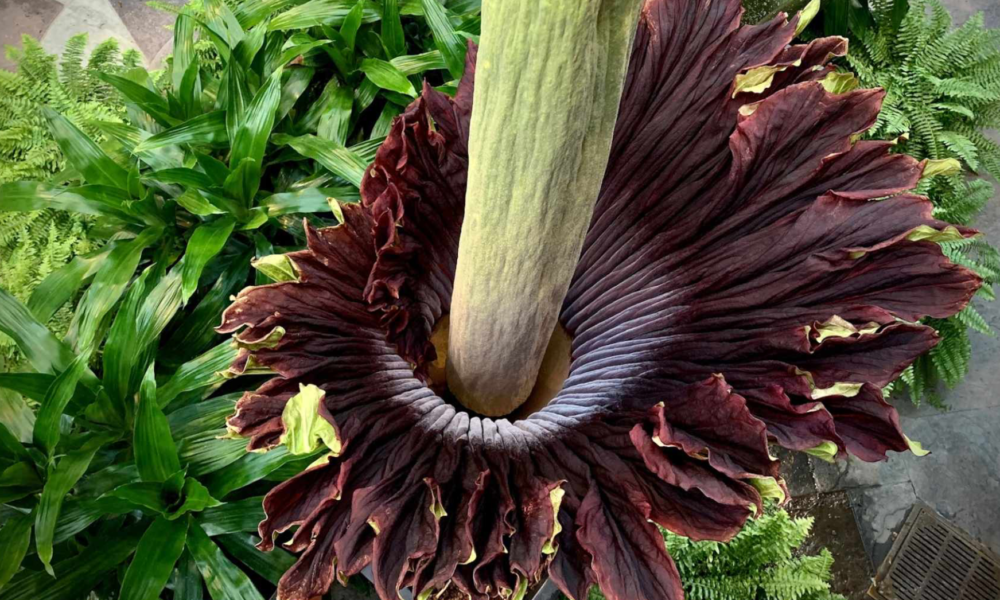Top UN Officials Resign Over The Organization’s Incapability To Protect Human Rights In Palestine
November 30, 2023

Less than 1,000 corpse flowers remain in the wild, and one of these rare plants is expected to bloom in the next ten days at the San Antonio Zoo.
This is the first time that this type of exotic flower is in captivity at the zoo, and the first time it will bloom. This is a notoriously smelly plant, too. Once bloomed, it gives off a very strong smell that resembles that of a rotting corpse, hence its name.
“Get your nostrils ready,” stated Tim Morrow, President and CEO of San Antonio Zoo for KSAT News. “Our team estimates the plant could bloom in the next 10 days. This is a rather rare occurrence and a very exciting moment for our community and conservation.”
Once the corpse flower blooms, the blossom will last from one to four days. These weird plants can grow to be up to eight feet tall. They are also able to generate their own heat, which makes it smellier.
These flowers are native to the distant lands of Sumatra in Indonesia, and are so peculiar since they can take up to 10 years to actually bloom. Around 30 different chemicals within the plant are what gives it its strong smell. It may be unbearable to us, but it actually attracts carrion beetles and flesh flies that pollinate the flower.
The Huntington Library, Art Museum and Botanical Gardens in California gifted the plant to the San Antonio Zoo this year.
“These plants are very delicate and typically give us signs when they are ready to blossom,” explained Dr. Dante Fenolio, VP of Conservation & Research at SA Zoo. “Once we see those indicators, we have around 24 hours until its incredible and rare reveal.”
To those who are plant enthusiasts, the plant will be on display for visitors near the “Back From The Brink” Whooping Crane habitat. Not to worry about the smell, though, it will be behind glass.
After the flower finishes its blossom period, zoo specialists will collect the pollen and continue to study the plant and its properties. This is a plant that is slowly in decline in the wild, so many are taking action to protect it and help it prosper in captivity.